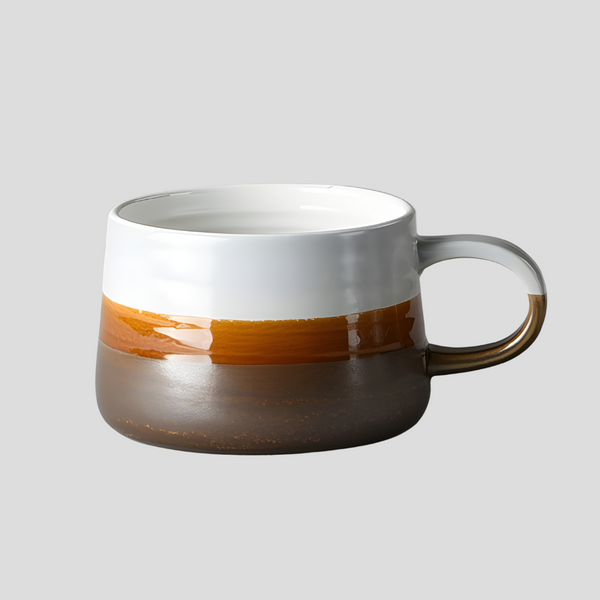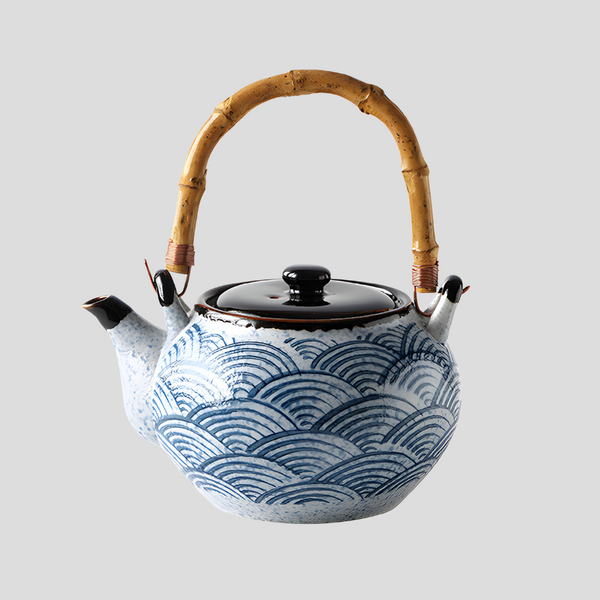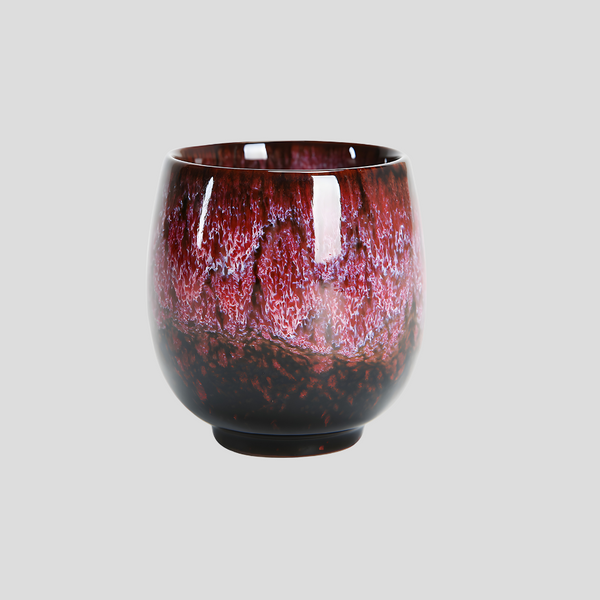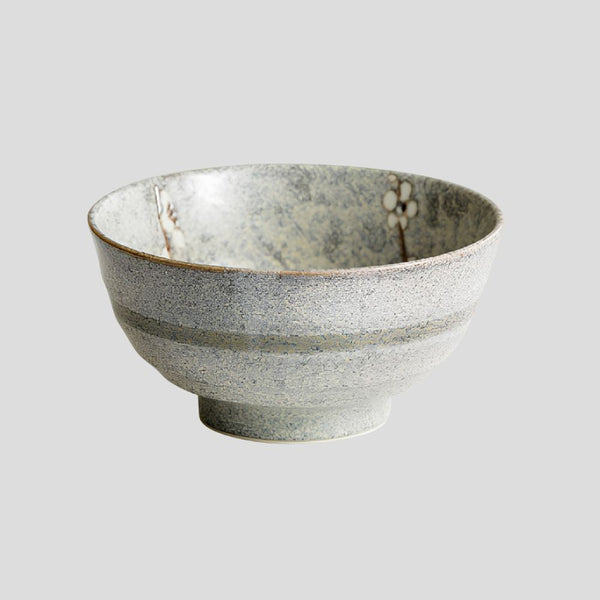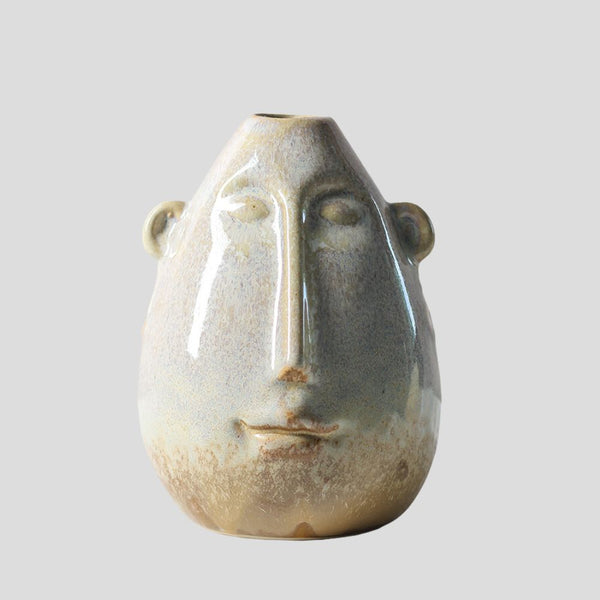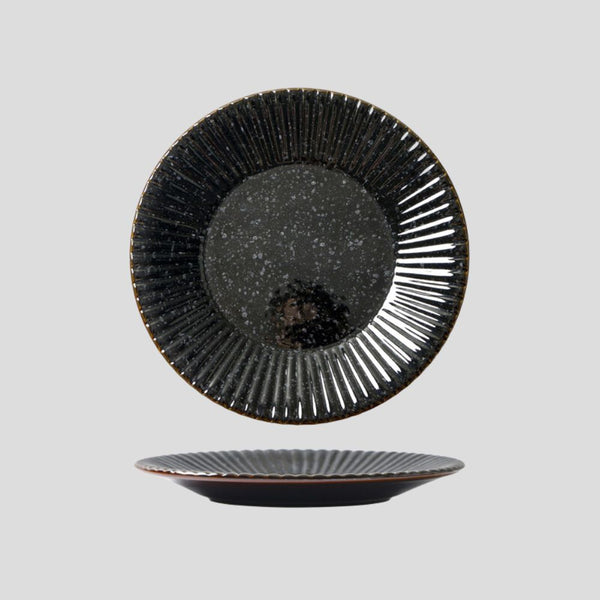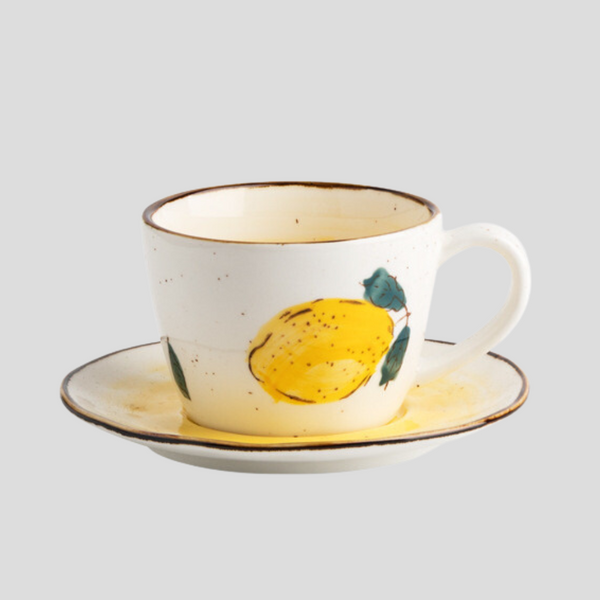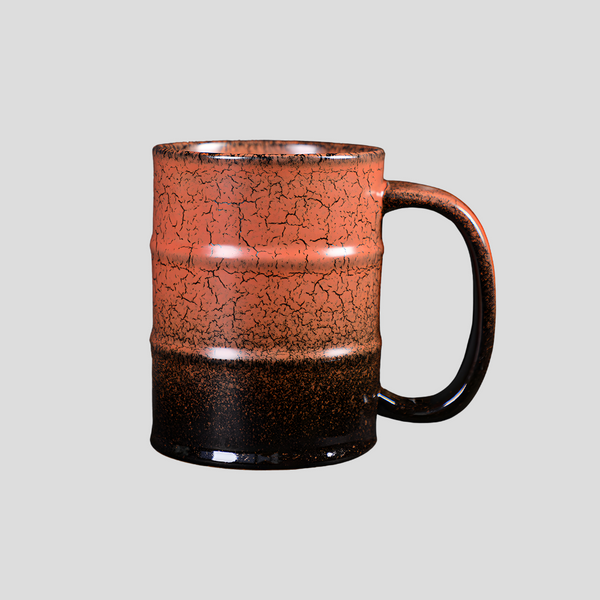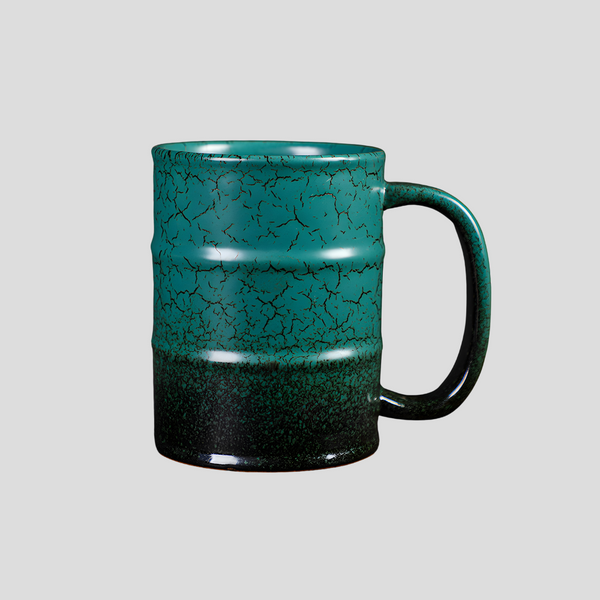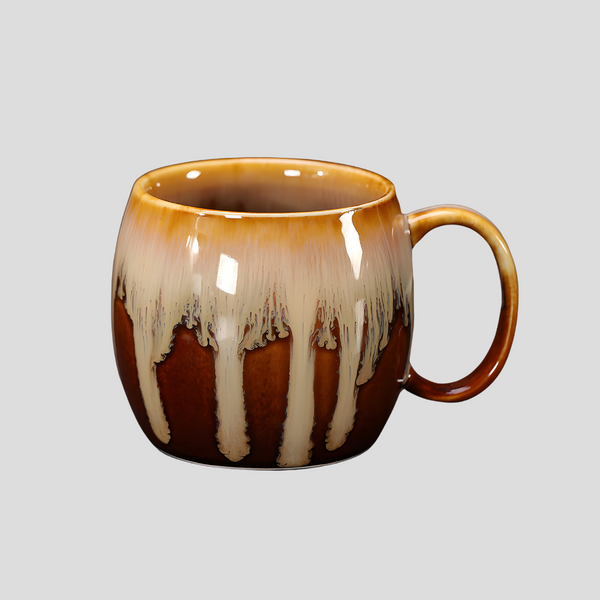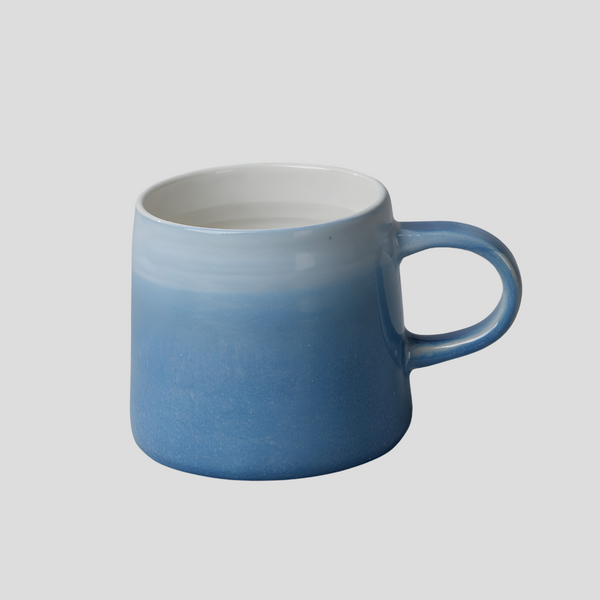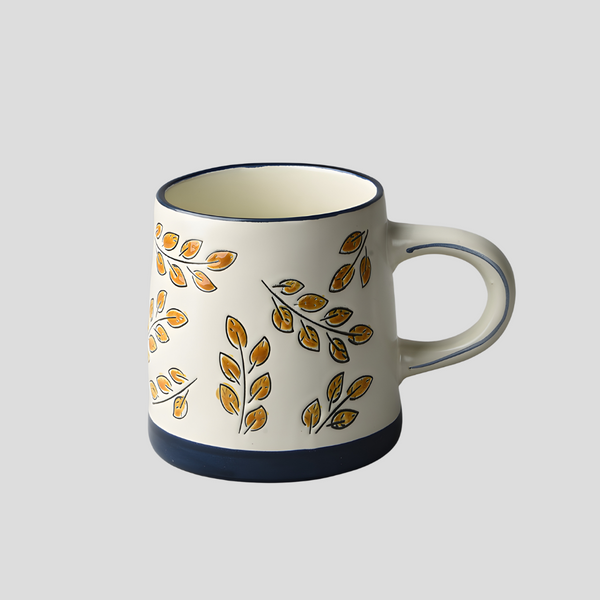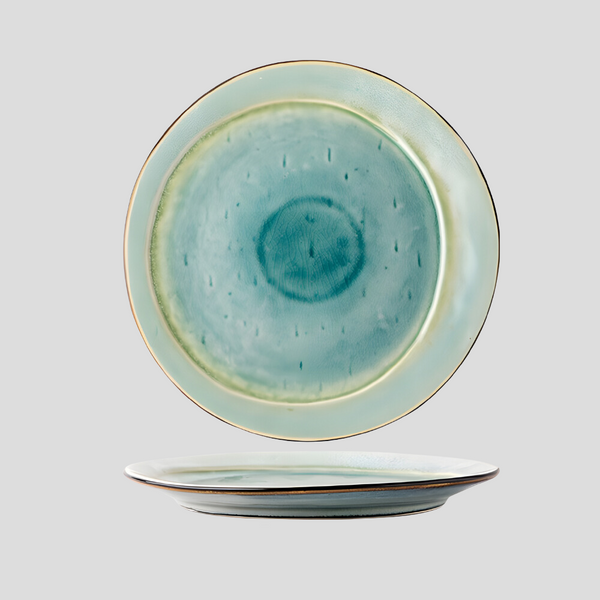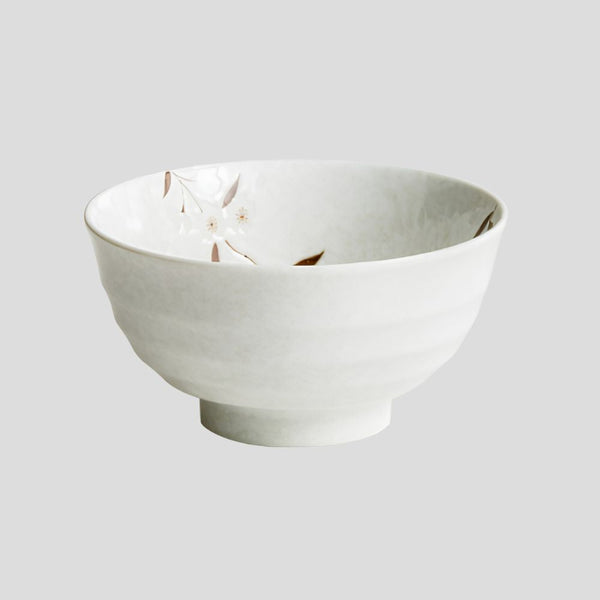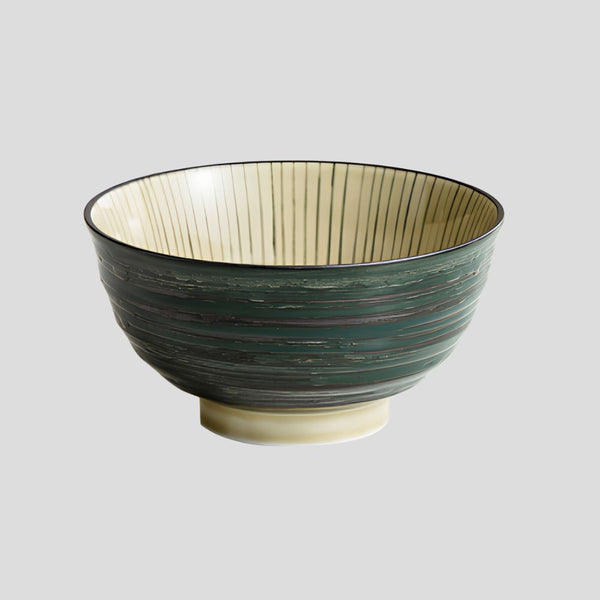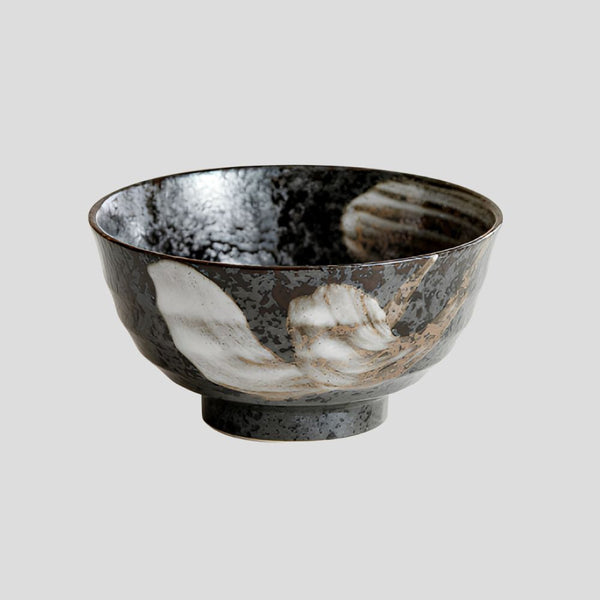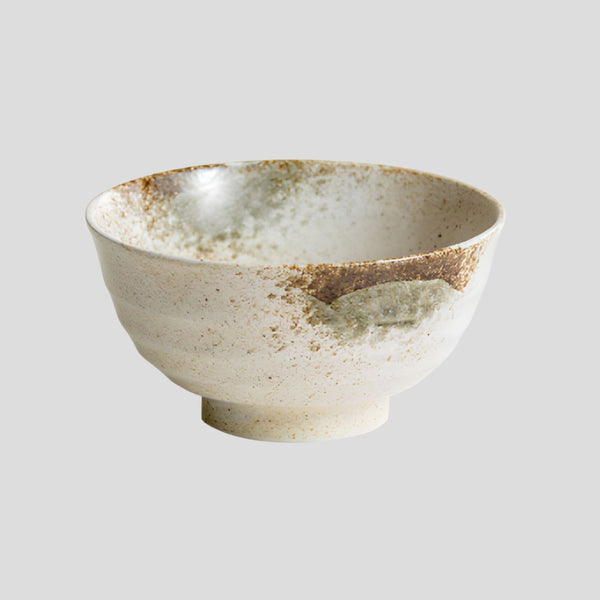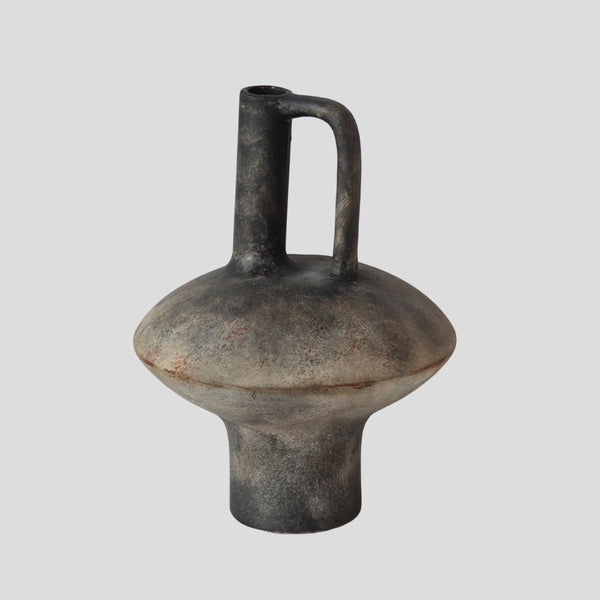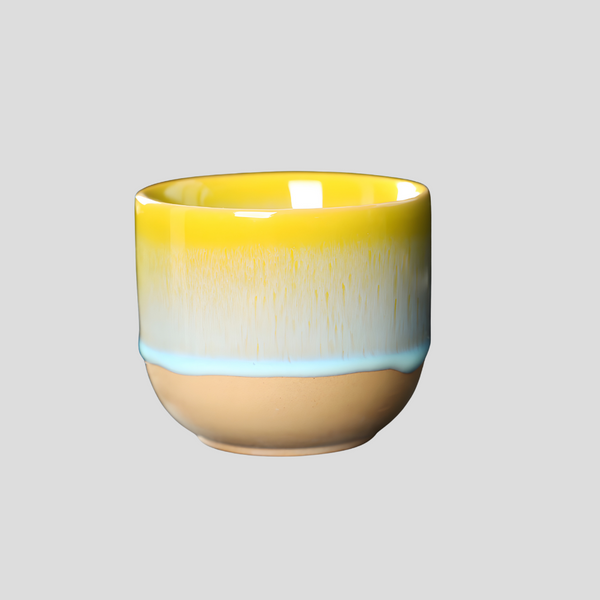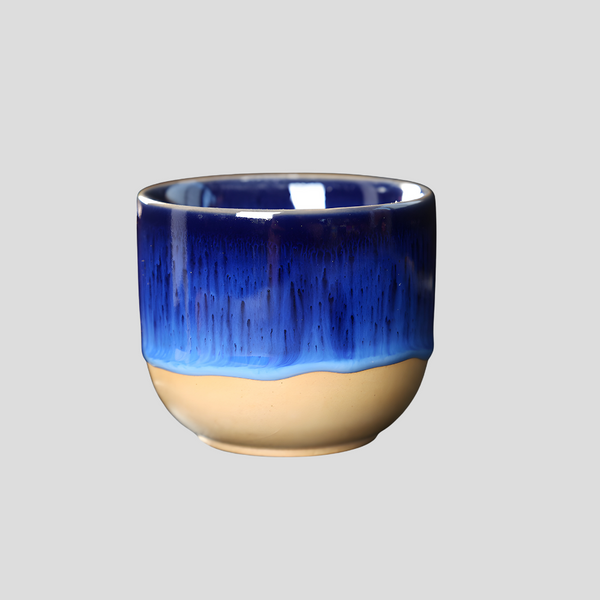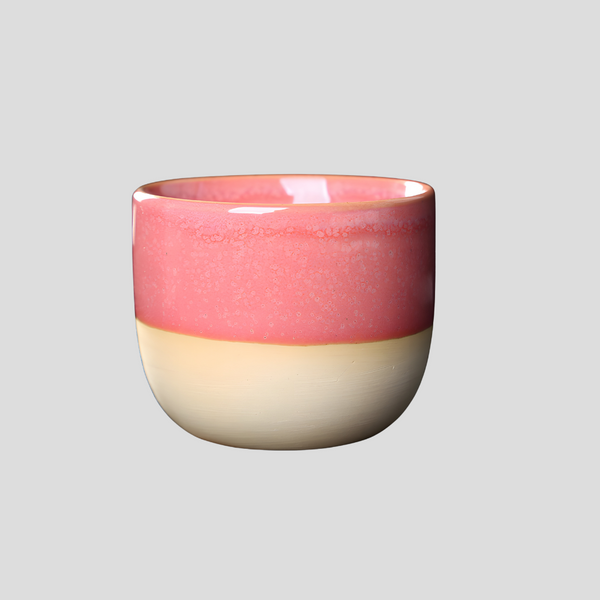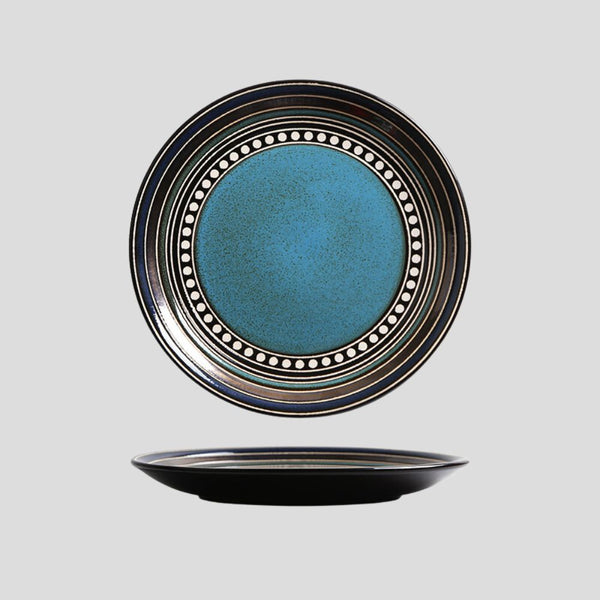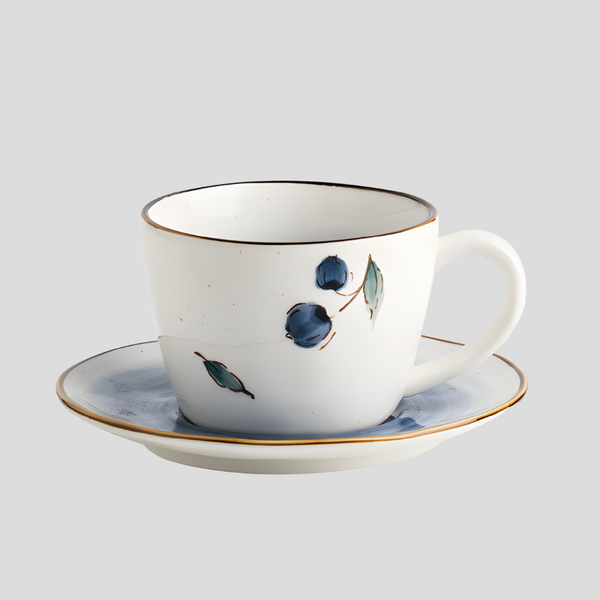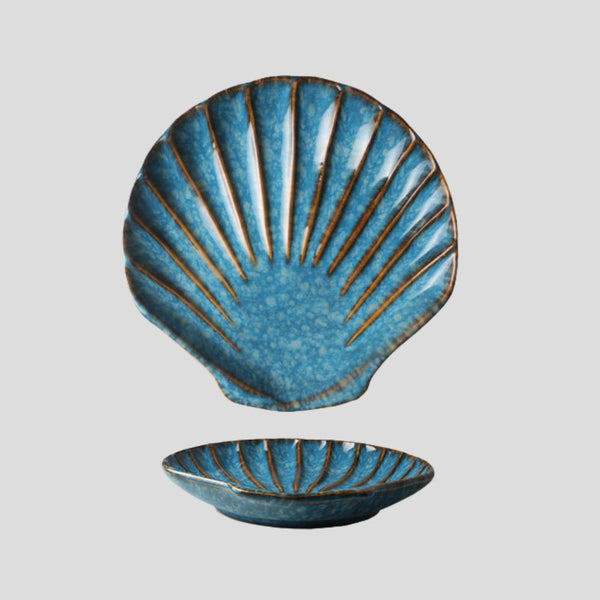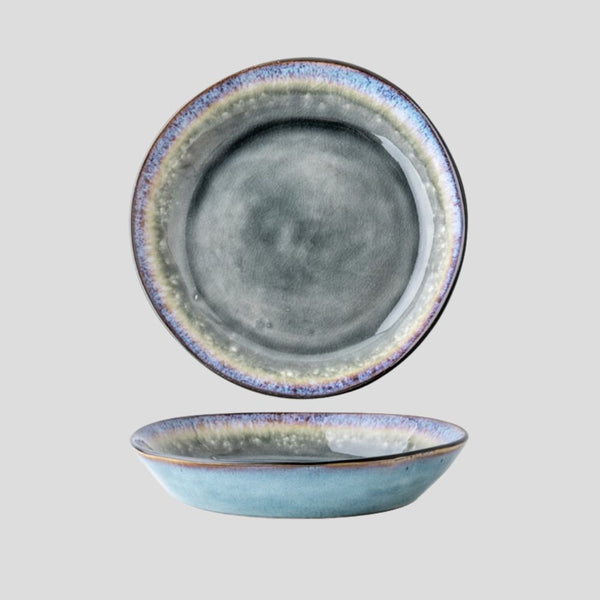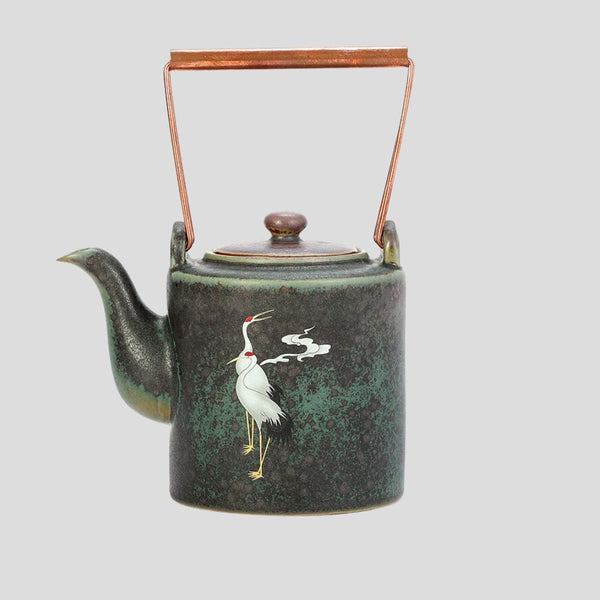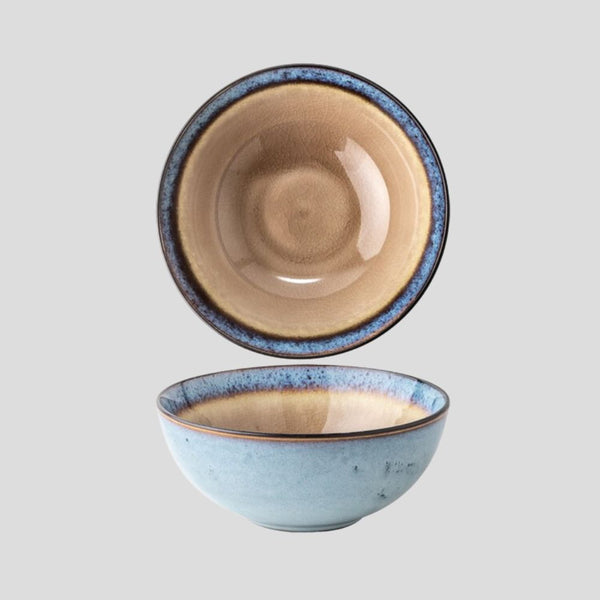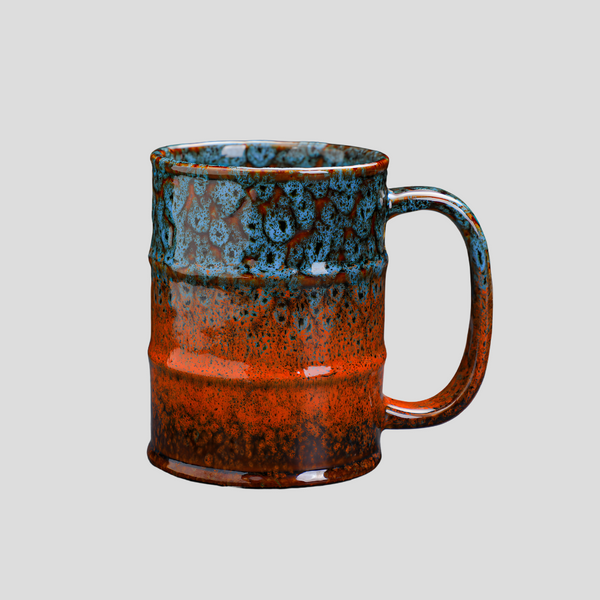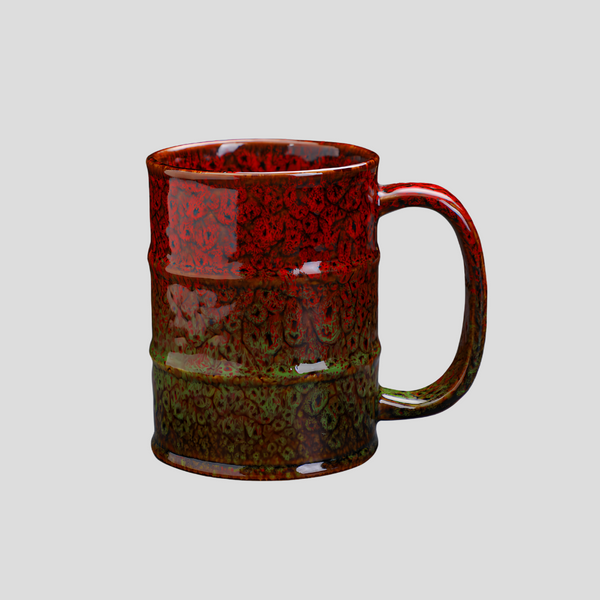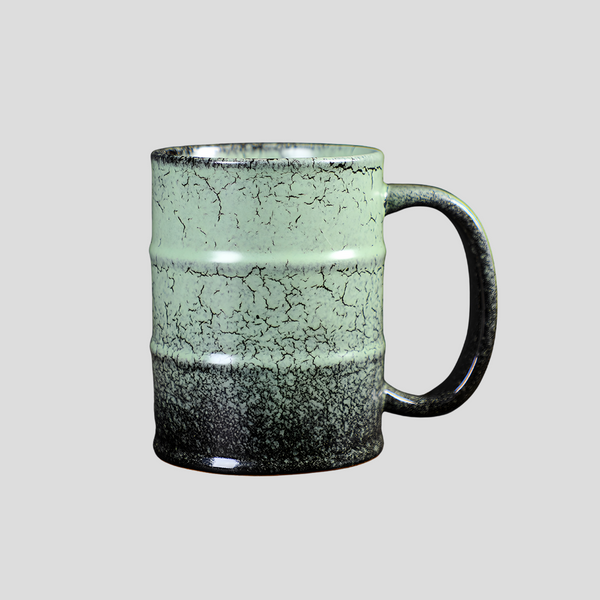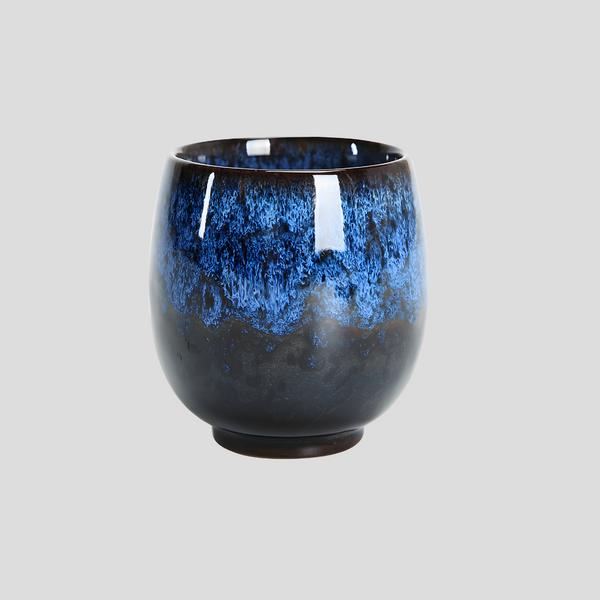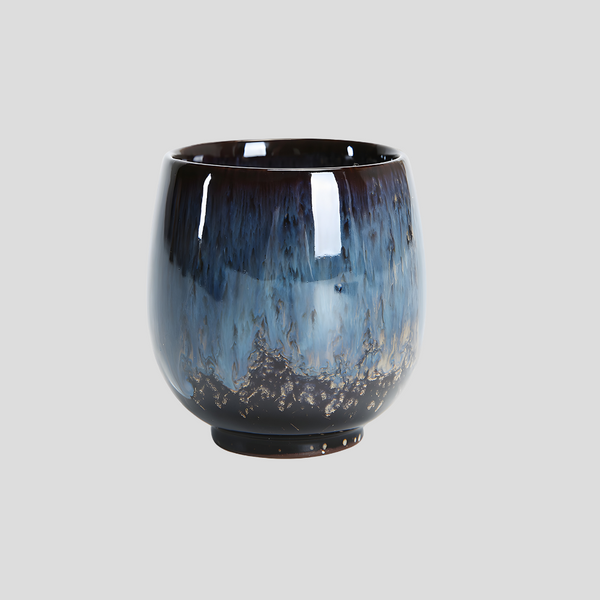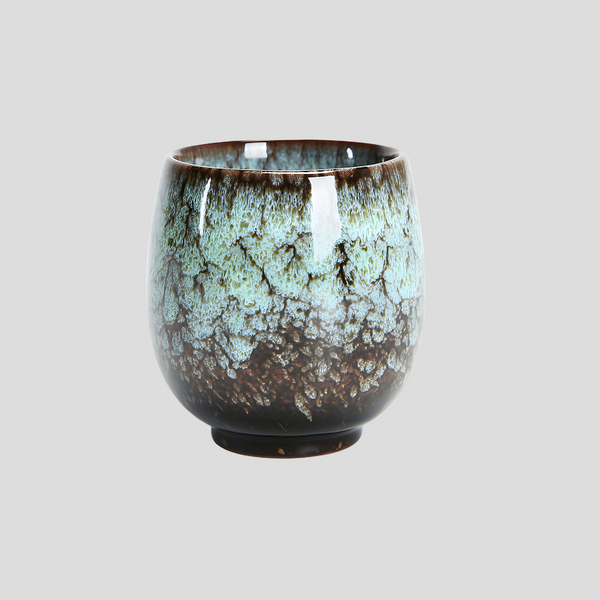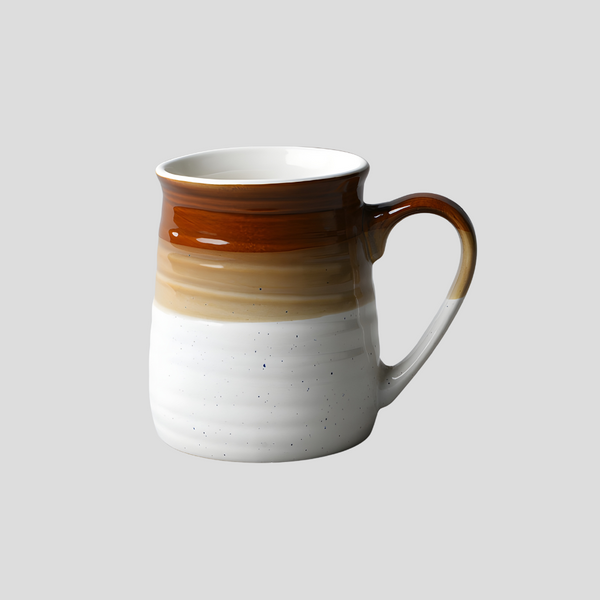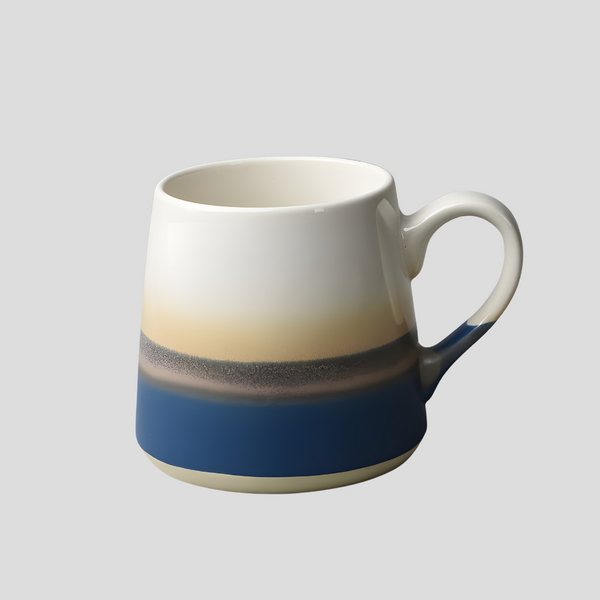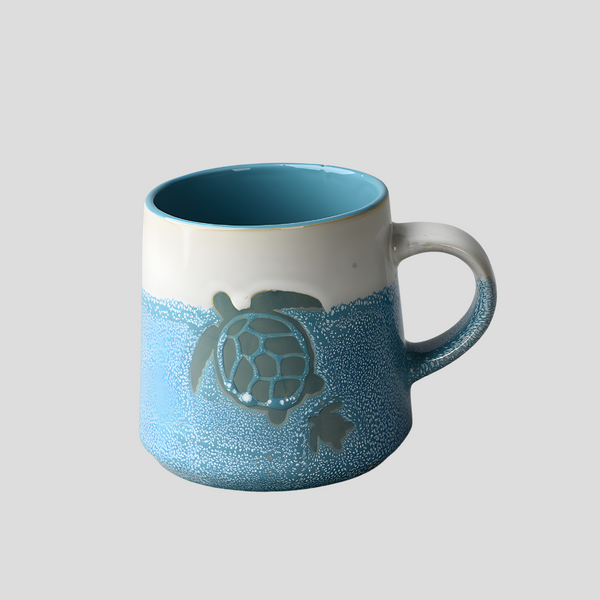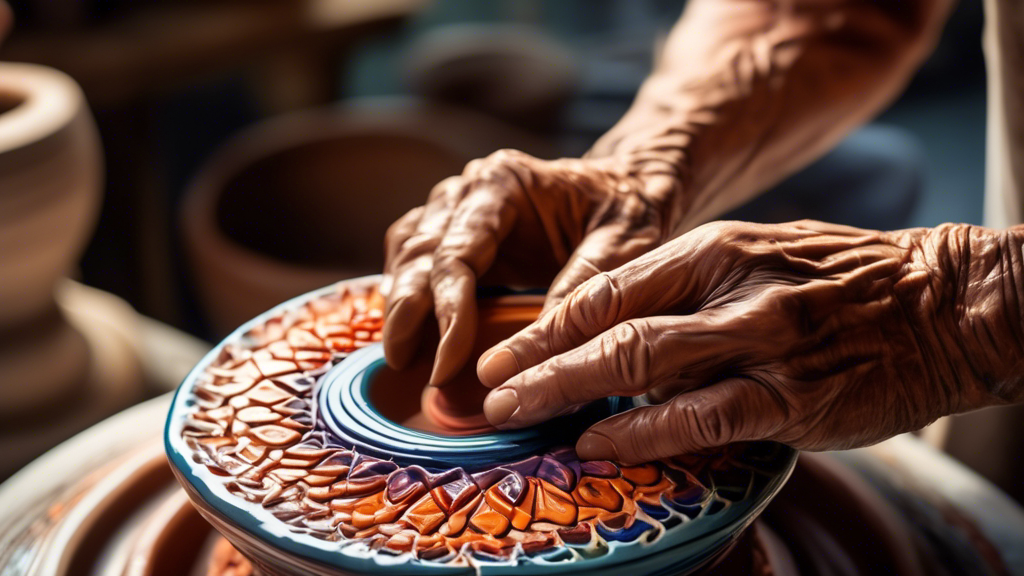
Mastering the Art of Ceramics Crafting
Mastering the Art of Ceramics Crafting
Ceramics crafting is an ancient art that has evolved over thousands of years, involving the process of making objects from clay that are subjected to high temperatures to achieve hardness and durability. The artistry in ceramics lies in its dual nature, blending practical functionality with ornamental beauty. Mastering ceramics crafting is a journey, one that combines patience, creativity, and technical skill. This article will guide you through the foundational steps, techniques, and tips to help you on your path to becoming a proficient ceramicist.
Understanding the Basics
Before diving into the world of ceramics, it's essential to understand the materials and processes involved. The primary material in ceramics is clay, which can vary widely in composition, texture, and color. These variations affect the final product's characteristics, such as its color, strength, and firing temperature. There are primarily three types of clay used in ceramics: earthenware, stoneware, and porcelain, each with its unique properties and uses.
Firing is another critical aspect of ceramics. It is the process of heating shaped clay to high temperatures in a kiln, thereby transforming it into a durable material. The temperature and duration of firing depend on the type of clay and the desired outcome. Understanding these basics sets the groundwork for mastering the intricate art of ceramics crafting.
Learning Techniques and Styles
Ceramics crafting encompasses a wide range of techniques and styles, from hand-building to wheel-throwing to slip casting. Hand-building techniques such as pinching, coil building, and slab construction allow for creating a variety of shapes and sizes without the need for extensive equipment. On the other hand, wheel-throwing offers the potential for uniform round ceramics and requires a pottery wheel, making it a skill that takes time to master.
Decoration in ceramics also offers a broad spectrum of techniques, including glazing, carving, slip decoration, and more. Glazing involves applying a glass-like coating that, when fired, creates a waterproof surface and adds color or decoration to the pottery piece. Each decoration technique offers a different aesthetic and function, allowing for endless possibilities in creativity.
Practicing and Refining Your Skills
The path to mastery in ceramics requires continual practice and exploration. Start with simple projects to familiarize yourself with the feel of the clay, the methods of shaping, and the quirks of firing and glazing. Over time, experiment with more complex forms and techniques. It's also beneficial to take ceramics classes or workshops, as learning from experienced instructors can provide valuable insights and accelerate your progress.
It is important to keep a reflective journal of your ceramics journey. Document your projects, the techniques you've tried, the challenges you've faced, and how you overcame them. This reflective practice can provide critical insights into your growth and areas for improvement.
Joining the Ceramics Community
The ceramics community is vibrant and supportive, offering a wealth of knowledge and inspiration. Joining this community can enhance your learning experience through workshops, exhibitions, and social media groups. Engaging with fellow ceramicists allows for the exchange of ideas, feedback on your work, and exposure to a variety of styles and techniques. The encouragement and critique from peers can be invaluable in honing your craft.
Continuing Your Education
The world of ceramics is extensive, with endless techniques to explore and skills to master. To continue advancing your craft, seek out new learning opportunities regularly. This can include attending advanced workshops, studying the work of renowned ceramic artists, and experimenting with new materials and methods. The field of ceramics is ever-evolving, and keeping abreast of trends and technological advancements can inspire new directions in your work.
In conclusion, mastering the art of ceramics crafting is a fulfilling journey of continuous learning and creative expression. It requires patience, practice, and a willingness to explore and experiment. By understanding the basics, learning various techniques and styles, and actively engaging with the ceramics community, you can develop your unique voice as a ceramic artist and create beautiful, functional pieces that reflect your artistic vision.
Check out our 5-star rated DIY-toolkit here!